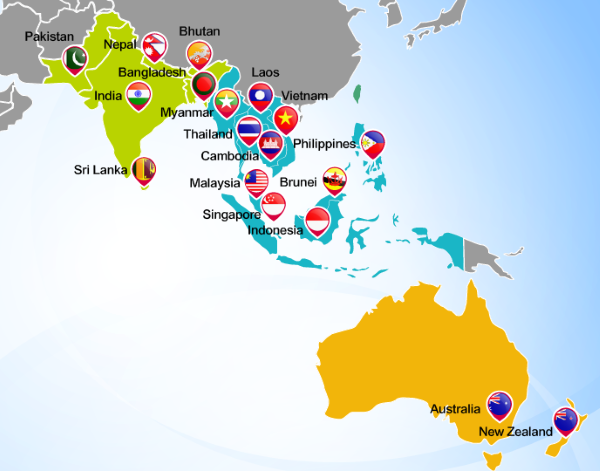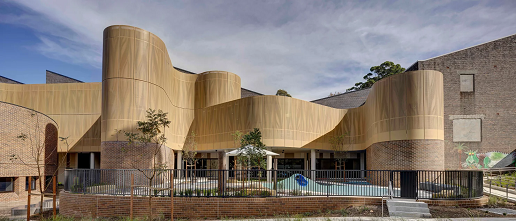Owing to the implementation of the New Southbound Policy, the number of foreign students has continued to climb over the past few years. Plus, the Philippines has also grown important to Taiwan, and the two nations have broadened cooperation in numerous areas, such as agriculture, education, and investment.
 (Photograph: Taiwan News)
(Photograph: Taiwan News)
However, there's a variety of reasons that foreign students came to Taiwan for studying or regret coming to Taiwan. The following has been divided into two parts based on the attitude of studying in Taiwan: positive and regretful.
Firstly, there are groups of foreign students holding a positive attitude towards studying in Taiwan. For foreign students from Southeast Asia, they think the tuition of universities in Taiwan is comparatively low than that of other countries' university tuition. Besides, the entrance system is diverse in Taiwan that foreign students can choose either individual application channel or distributed allocation channel to apply, and scholarship, priority for dorms, and part-time job opportunities are also provided.
Moreover, According to the statistics done by CommonWealth Magazine, over the past five years, the number of students from ASEAN has climbed from16,000 people to 30,825 people( It has grown 85 percent). With the great impacts of the US-China trade war, more and more Taiwanese firms that need the bilingual employees have moved to Southeast Aisa. Those who know the local languages and have the experience of staying in Taiwan have had the advantage of working and assisting in expanding the business scope of Taiwanese firms in Southeast Asia.
However, there are also some obstacles that the students from Southeast Asia have probably encountered. Firstly, the course design of Taiwan's universities ignores the gap in different languages. Although foreign students would have a basic Chinese course, it is still not enough for them to handle other compulsory courses.
Plus, the e-mails, announcements, group messages, and mobile applications developed by most of the campus's administrative units are mainly in Chinese. Only a few administrative units, such as the Foreign Student Affairs Office and the Residential Counselling Office provide bilingual services. Southeast Asian students who are proficient in Chinese can grasp the correct information, but for other Southeast Asian students, it is still a task to understand or catch every information. Moreover, owing to the lack of the understanding of Southeast Asians, Taiwanese students sometimes hold a partial image of Southeast Asian classmates or might be not that spontaneous to talk to them. They have also been struggling with finding a job in Taiwan, such as English teaching jobs. Even if these Southeast Asians who are proficient in English, they are sometimes declined by cram schools that usually take applicants' nationalities and skin colors as priority requirements.
It seems that the universities in Taiwan do not have a proper plan to attract Southeast Asian students to come to Taiwan to study, nor have they actively assisted Southeast Asian students to overcome difficulties they may encounter. However, it is still hoped that the New Southbound Policy will continue influencing Taiwanese academic units and people to attach much more importance to the relationship with Southeast Asia and their students.
 (Photograph: Taiwan News)
(Photograph: Taiwan News)








